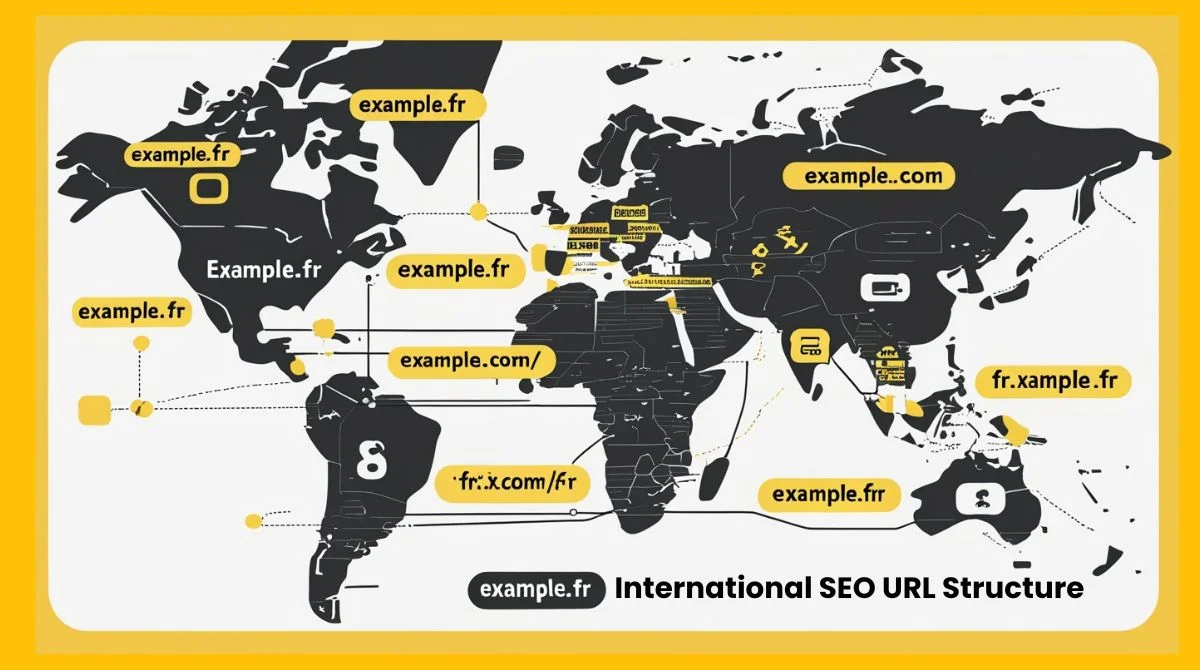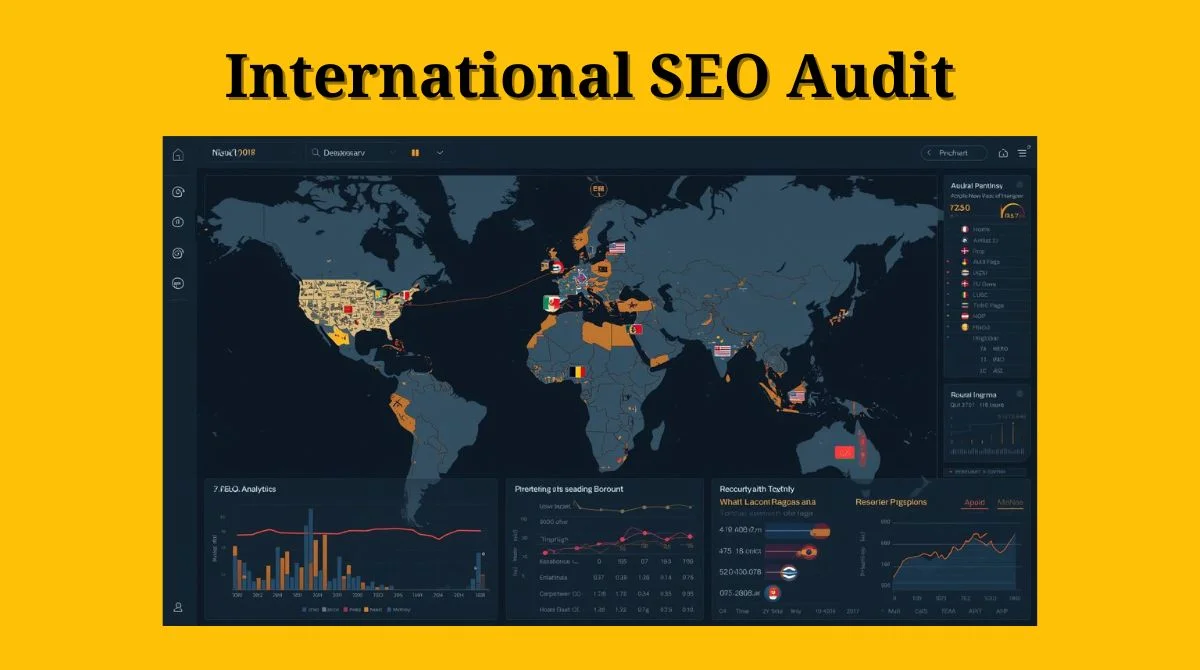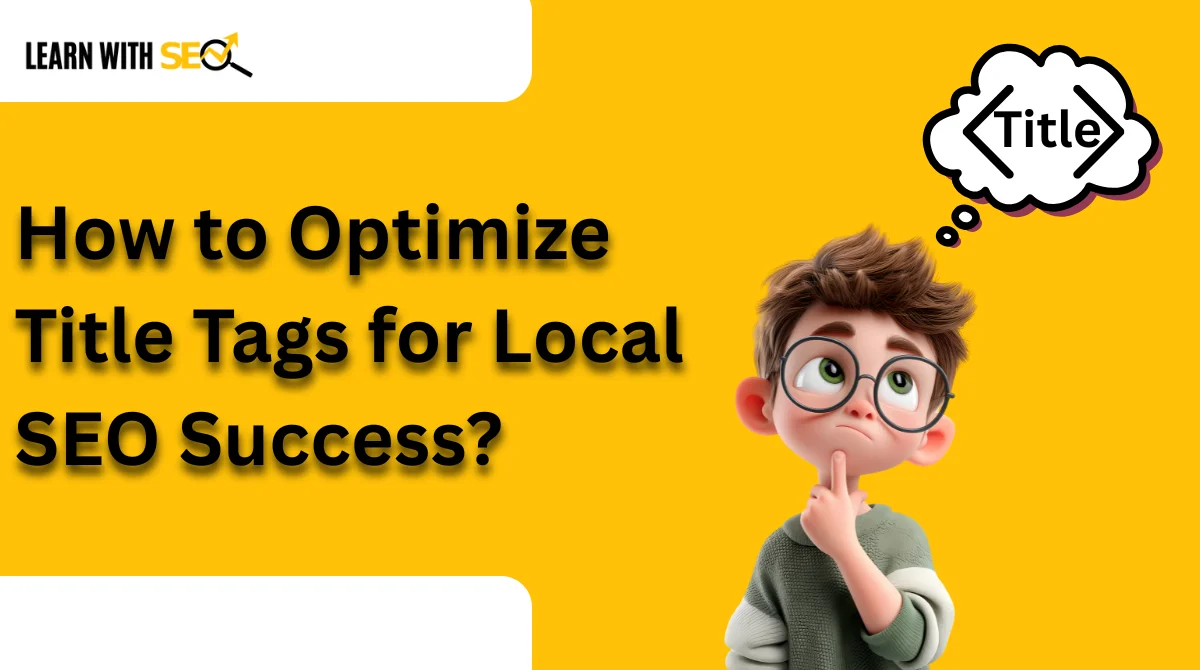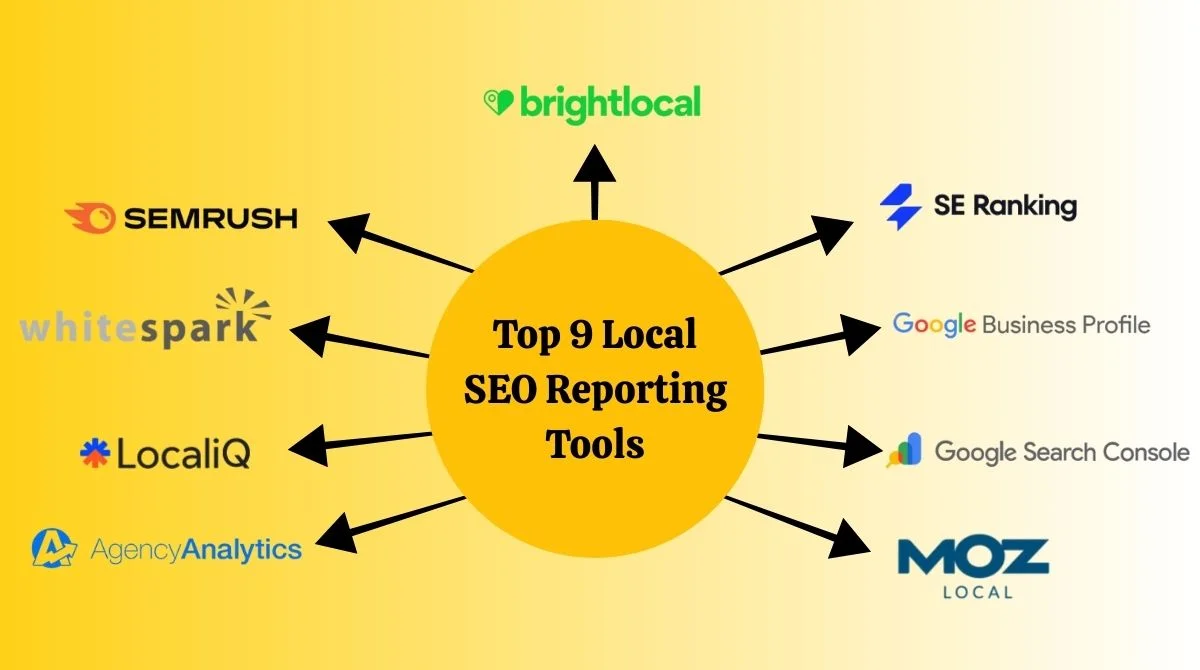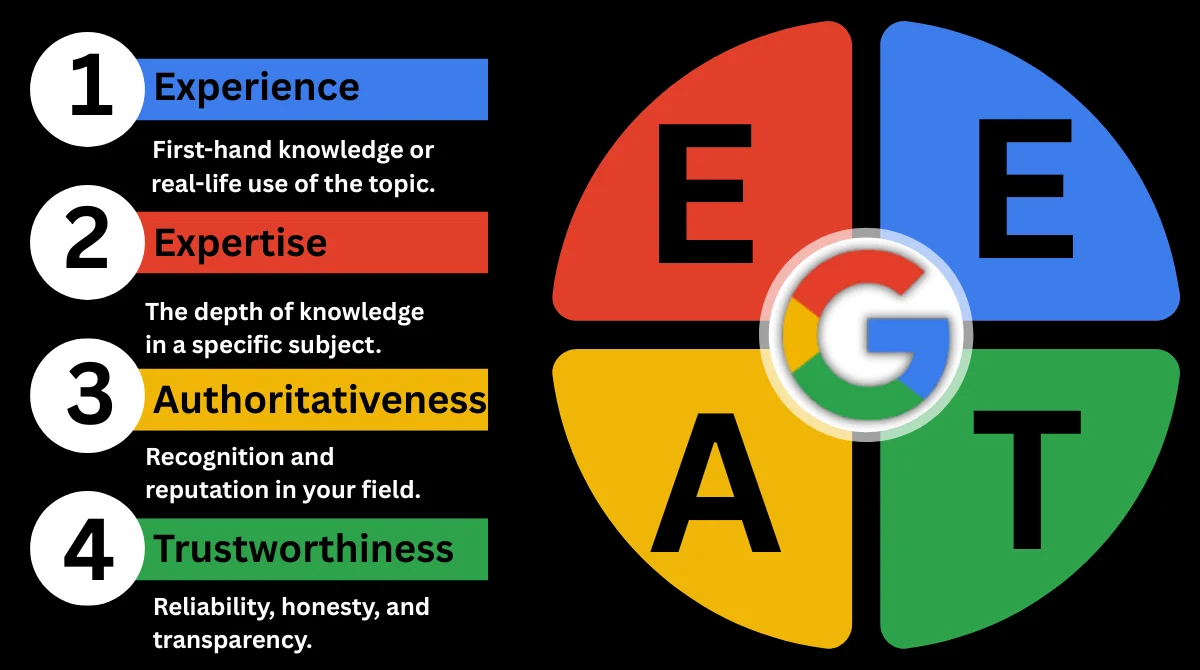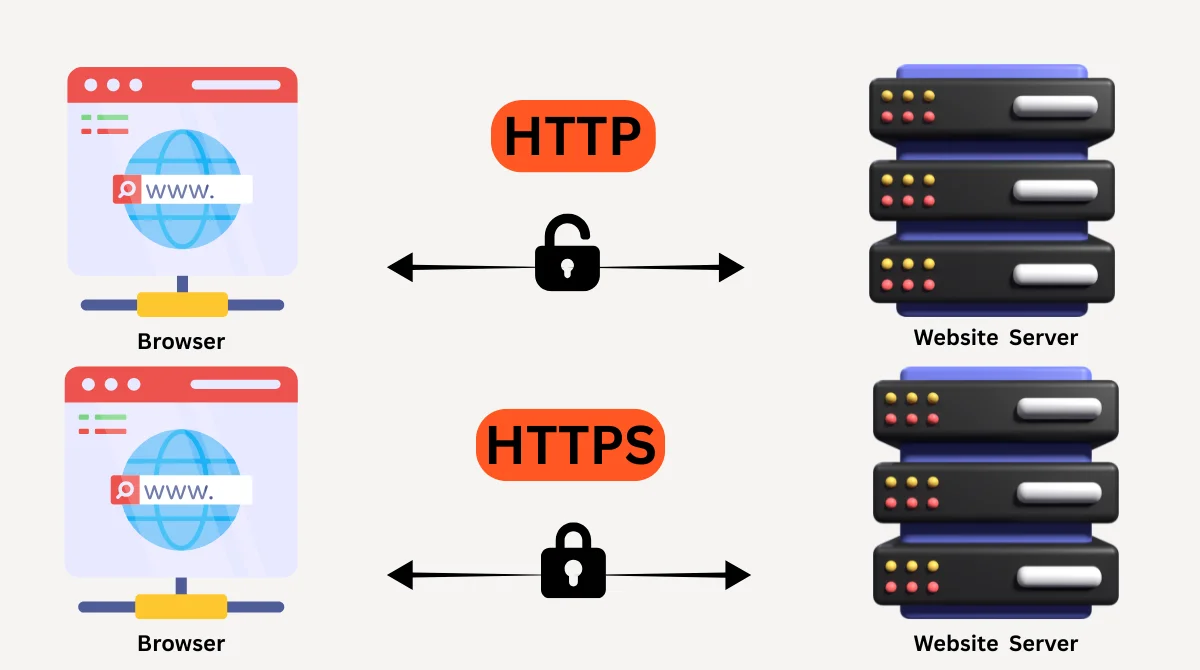- What is a Title Tag and Why Does it Matter?
- The Role of Title Tags in Local SEO
- Key Principles of Optimizing Title Tags for Local SEO
- Steps to Optimize Title Tags for Local SEO Success
- Common Mistakes to Avoid
- Advanced Tips for Local SEO Title Tags
- Why Optimized Title Tags Lead to Local SEO Success?
- Final Thoughts
When people search for a local business online, they often start with quick searches like “best pizza near me,” “dentist in Chicago,” or “plumber open now.” The first thing that search engines and users see is your title tag. A title tag acts like the headline of your web page. It’s what tells both Google and people what your page is about. For local businesses, optimizing title tags can make the difference between getting clicks and being ignored.
What is a Title Tag and Why Does it Matter?
A title tag is the clickable text that appears in search engine results (SERPs) and browser tabs. It’s an HTML element that provides search engines with a clear understanding of the page’s content.
- For search engines: Title tags help algorithms understand the topic of your page and match it with relevant local searches.
- For users: A well-optimized title tag improves click-through rates (CTR) because it directly addresses the search intent of local customers.
If your title tags are too generic, confusing, or missing location keywords, you’ll likely miss out on valuable local traffic.
The Role of Title Tags in Local SEO
Local SEO is all about improving visibility for searches tied to specific locations. Title tags are critical here because they:
- Highlight your main keyword along with the location (e.g., “Best Italian Restaurant in Austin”).
- Influence whether users trust your business listing enough to click.
- Act as a ranking factor in Google’s algorithm, especially for location-based searches.
In simple terms, if you want to be found locally, your title tags must clearly and naturally connect your services with your location.
Key Principles of Optimizing Title Tags for Local SEO
To create effective title tags, follow these foundational principles:
- Keep it concise: Aim for 50–60 characters. Anything longer gets cut off in SERPs.
- Include location keywords: Always mention the city, region, or neighborhood you serve.
- Use your primary keyword: Place your target keyword at the beginning, where possible.
- Maintain clarity: Avoid keyword stuffing. Write naturally so it appeals to humans first.
- Reflect your brand: If space allows, include your business name for recognition.
Steps to Optimize Title Tags for Local SEO Success
Let’s break down the exact steps you can take to optimize title tags and make your business more visible in local searches.
1. Identify the Right Local Keywords
Your title tag should align with the words your potential customers use. For example, instead of just targeting “salon,” go for “hair salon in Los Angeles” or “affordable hair salon LA.”
Tips for keyword selection:
- Use tools like Google Keyword Planner, Ahrefs, or SEMrush.
- Look at autocomplete suggestions on Google.
- Study competitors who already rank in your area.
2. Place Location Keywords Strategically
The location keyword should appear naturally, ideally at the start or middle of your title tag. For example:
- Good: “Houston Emergency Plumber | 24/7 Services”
- Better: “24/7 Emergency Plumber in Houston | Fast Service”
This signals both Google and users that your business is local and relevant.
3. Focus on User Intent
Think about what customers really want. A title tag should not just mention a service and city it should also solve a problem or highlight a benefit.
Examples:
- “Best Pizza in Chicago – Fresh, Hot & Delivered Fast”
- “Dentist in Miami | Affordable Family Dental Care”
Notice how each example includes service + location + unique value.
4. Keep it Within Character Limits
Google usually displays 50–60 characters. If your title is too long, it will get cut off, which looks unprofessional. Short, precise, and informative always wins.
5. Add Emotional Triggers or Unique Selling Points
Your title tag should stand out among competitors. Use persuasive words to make your business more clickable:
- “Best,” “Trusted,” “Affordable,” “24/7,” “Expert,” “Certified.”
- Highlight offers like “Free Consultation” or “Same-Day Service.”
Example:
- “Trusted Electrician in Dallas | Free Estimates Today”
6. Don’t Forget Branding
Adding your business name can build trust, especially if you’re well-known locally. Example:
- “Best Coffee Shop in Seattle | BrewTime Café”
If space is tight, prioritize keywords and location first, then brand name.
7. Avoid Keyword Stuffing
Many businesses make the mistake of writing title tags like:
- “Chicago Dentist Dental Clinic Best Dentist Chicago Teeth Care”
This looks spammy and hurts both rankings and clicks. Instead, keep it natural and easy to read.
8. Use Different Title Tags for Different Pages
Each page of your website should have a unique title tag. For instance:
- Home Page: “Plumber in Austin | Reliable 24/7 Plumbing Service”
- About Page: “About Us | Trusted Plumbing Experts in Austin”
- Service Page: “Drain Cleaning in Austin | Affordable & Fast”
This improves overall SEO performance and avoids duplication issues.
Test and Improve Over Time
Local SEO isn’t a one-time effort. Track the performance of your title tags:
- Use Google Search Console to see click-through rates.
- A/B test different versions of title tags.
- Monitor rankings and adjust keywords based on trends.
Optimization is a continuous process.
Common Mistakes to Avoid
- Using generic titles: “Home Page” or “Welcome to Our Site,” won’t rank.
- Ignoring mobile users: Make sure the titles look good on smaller screens.
- Overloading with keywords: Natural language is more effective.
- Not updating titles: Old titles may not match changing search trends.
Advanced Tips for Local SEO Title Tags
If you’ve mastered the basics, here are some advanced ideas:
- Use Schema Markup: Helps search engines better understand your content.
- Add neighborhood or district names: Especially useful in big cities. Example: “Dentist in Brooklyn Heights.”
- Combine service + location + audience: Example: “Affordable Wedding Photographer in Denver for Couples.”
- Leverage seasonal terms: “Christmas Catering in Boston – Book Now.”
Why Optimized Title Tags Lead to Local SEO Success?
Optimized title tags not only improve rankings but also:
- Attract more local clicks.
- Build credibility with your community.
- Help customers quickly recognize that you serve their area.
- Increase conversion rates by matching user intent.
In the competitive digital space, even small changes to your title tags can lead to a big impact on business visibility.
Final Thoughts
Title tags are one of the most powerful yet underrated elements of local SEO. They act as both a ranking factor and a marketing hook. When you optimize your title tags with the right keywords, location, and user intent in mind, you not only please search engines but also connect with real people looking for your service.
By following these principles, choosing the right keywords, keeping titles concise, including your location, and updating regularly, you set your business up for stronger visibility and more local customers.
If you want to win the local search game, don’t treat title tags as an afterthought. Instead, make them the foundation of your local SEO strategy.


